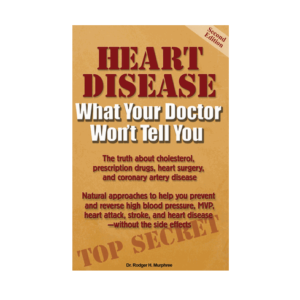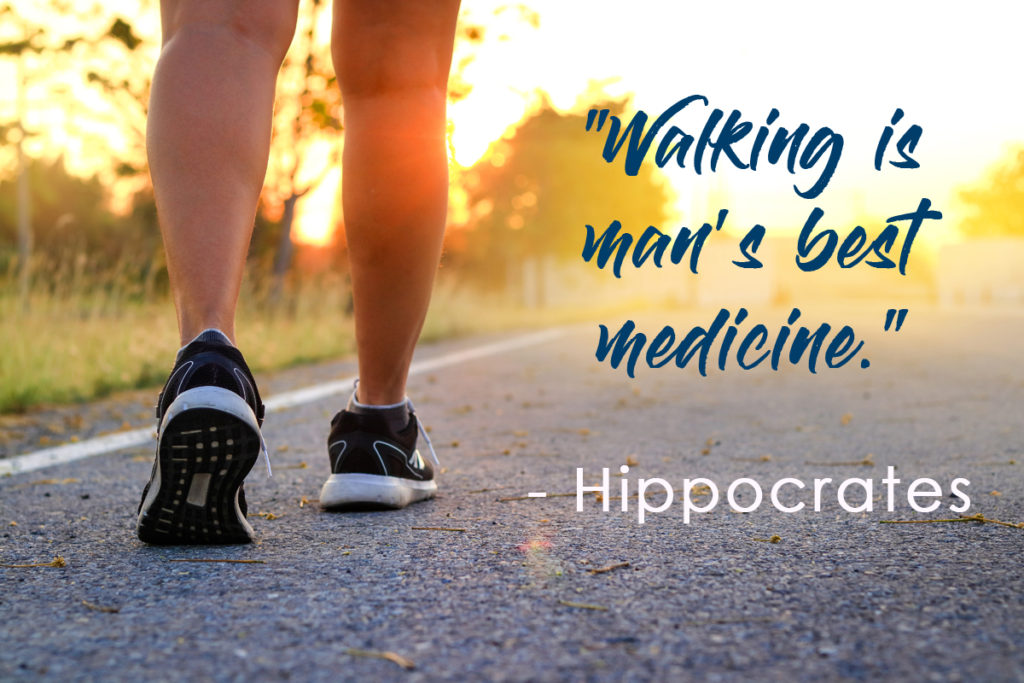Each morning when I open my eyes I say to myself: I, not events, have the power to make me happy or unhappy today. I can choose which it shall be. Yesterday is dead, tomorrow hasn’t arrived yet. I have just one day, today, and I’m going to be happy in it.
– Groucho Marx
Improve Your Eyesight
 Research funded by a $3.5 million grant from the National Institute on Aging has just demonstrated that elderly adults can quickly improve their vision with perceptual training.
Research funded by a $3.5 million grant from the National Institute on Aging has just demonstrated that elderly adults can quickly improve their vision with perceptual training.
The study, “Perceptual learning, aging, and improved visual performance in early stages of visual processing,” was published in the online November issue of the Journal of Vision. According to the research team from the University of California, Riverside (UCR) and Boston University, the ability of elders to improve their sight so quickly has a host of important implications for the health and mobility of older people.
Changes in vision — including contrast sensitivity, spatial vision, orientation, depth perception, dark adaptation, visual acuity, and motion perception — have long been associated with aging. However, the new study shows for the first that specific eye “exercises” can improve vision among the elderly in the earliest levels of visual processing.
G. John Andersen, professor of psychology at UCR, and his colleagues conducted a series of experiments to investigate if repeated performance of certain visual tasks that are at the limits of what a person can see would result in improving the vision of elder adults. Specifically, participants (all over the age of 65) were given a texture discrimination exercise.

The research subjects were presented with stimuli consisting of a letter embedded in the center of a field of horizontally oriented lines. Besides the letter, peripherally located lines were placed diagonally to form either a vertical or horizontal object which always appeared in the same quadrant. After the research participants were shown this image, it was quickly followed with the display of a masking pattern. The task for the people in the study was to concentrate on seeing the central letter as well the peripheral object.
“We found that just two days of training in one hour sessions with difficult stimuli resulted in older subjects seeing as well as younger college-age subjects,” chief researcher Andersen said in a media statement.”
The improvement was maintained for up to three months and the results were dependent on the location in the visual field where the stimuli were located — suggesting that the brain changed in early levels of the visual cortex.” The visual cortex is the part of the brain responsible for processing visual information.
“Given the clear impact of age-related declines in vision on driving, mobility, and falls, the present study suggests that perceptual learning may be a useful tool for improving the health and well-being of an older population,” the researchers concluded.
Click here for more information from the Journal of Vision
Heartburn Drugs Linked to Increased Risk of Pneumonia

A recent study shows a startling finding that drugs commonly used to treat heartburn could actually shoot up the likelihood of having pneumonia. This was result of a Korean research conducted after evaluating the 31 studies conducted from 1985-2009.As uttered by Dr. Sang Min Park of the department of family medicine at Seoul National University Hospital in Korea, there must be no recklessness in the use of heartburn drugs such as proton pump inhibitors and histamine-2 receptor antagonists, be it high-dose or long duration, since it may be linked with risk of pneumonia.
These popular heartburn drugs have varying mechanisms of action in treating heartburn. The proton pump inhibitors (PPIs) act on the stomach by reducing its acid production, thus treating not only heartburn but also Gastroesophageal Reflux Disease(GERD) and gastric ulcers. Examples of PPIs incude omeprazole (Prilosec), lansoprazole (Prevacid) and esomeprazole (Nexium).
On the other hand, Histamine-2 receptor antagonists or H2 blockers include cimetidine (Tagamet), famotidine (Pepcid), nizatidine (Axid) and ranitidine (Zantac). A different mechanism is utilized by this class of drug.Further studies, meanwhile, have linked PPIs to a higher risk of fractures and an infection with a bacterium called Clostridium difficile. And while a number of previous studies have linked heartburn drugs to a higher risk of pneumonia, the research results were inconclusive, according to the study’s authors.
Gastroenterologists convey their concern on the various issues that have cropped up regarding the side effects of these drugs, since it has been deemed safe to use for a number of years without having second thought on the possible consequences. This was relayed by Dr. Michael Brown, a gastroenterologist at Rush University Medical Center in Chicago.
 In line with the view of hospital-acquired pneumonia, the authors pointed out that acid-suppressing drugs may have caused it since hospital patients are often given these drugs, most of which even up 40 to 70 percent of the hospitalized patients.
In line with the view of hospital-acquired pneumonia, the authors pointed out that acid-suppressing drugs may have caused it since hospital patients are often given these drugs, most of which even up 40 to 70 percent of the hospitalized patients.
The link of heartburn drugs to pneumonia may be answered with the fact that since the drugs curb the production of stomach acids, it likewise results in the increase of pathogens that could travel up to the lungs.
The most plausible reason why suppressing acid in the stomach might raise the risk of pneumonia, Brown said, is that stomach acid acts as a barrier helping to control harmful bacteria and pathogens.
Not enough stomach acid to do the job may allow pathogens to flourish and end up in the lungs. This in turn would lead to infection and pneumonia.
If you’d like to know how to eliminate heartburn, reflux and GERD naturally then read my article here:
–> Click here for more information about Digestion & G.I. Disorders
Avoid the Cholesterol-Lowering Drug Crestor
 A report in circulation in the journal of the American Heart Association (AHA) highlights the dangers of Crestor, stating that this drug is more likely than similar drugs in the group to increase the risk of muscle deterioration, kidney failure, and kidney disease.
A report in circulation in the journal of the American Heart Association (AHA) highlights the dangers of Crestor, stating that this drug is more likely than similar drugs in the group to increase the risk of muscle deterioration, kidney failure, and kidney disease.
This most recent study indicates that Crestor could be up to six times more likely to cause adverse health effects over a twelve-month period than other drugs within the class. The report suggests that Crestor only be used as a last-resort measure for patients due to its potential dangers.
The maker of Baycol (cerivastatin), a popular cholesterol-lowering statin drug similar to Crestor, was voluntarily pulled off the market after 31 people died from complications from the medicine.
Worst Pills, Best Pills has this to say about Crestor; visit www.worstpills.org and www.citizen.org/pressroom/release
